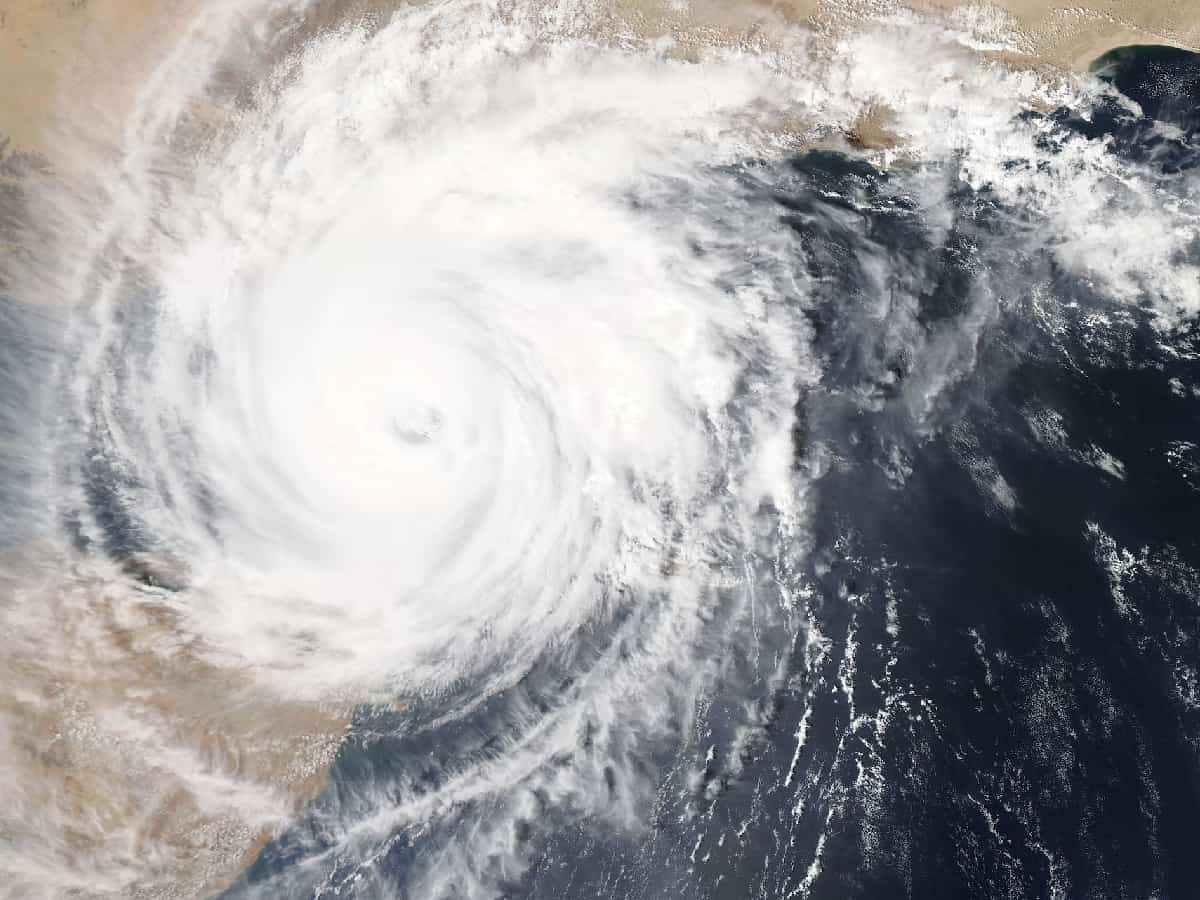
New Delhi: The intensity and frequency of tropical cyclones are expected to increase in the north Indian Ocean, warns a study led by an international team of scientists including those from India.
Tropical cyclones do not form easily near the equator but can intensify rapidly, leaving little time for preparation.
In the study, the team from Kochi’s Cochin University of Science and Technology, as well as from Canada and the US, investigated the number of near-equatorial (originating between 5 degrees N and 11 degrees N) tropical cyclones over the north Indian Ocean during post-monsoon season (October to December) over the past 60 years.
The results, published in the journal Nature Communications, revealed a marked 43 per cent decline in the number of such cyclones in recent decades (1981-2010) compared to earlier (1951-1980).
The decline in tropical cyclone frequency is primarily due to the weakened low-level vorticity modulated by the Pacific Decadal Oscillation (PDO) and increased vertical wind shear, the researchers said.
However, “in the presence of low-latitude basin-wide warming and a favourable phase of the PDO, both the intensity and frequency of such cyclones are expected to increase”, they said.
“Such dramatic and unique changes in tropical cyclonic activity due to the interplay between natural variability and climate change call for appropriate planning and mitigation strategies,” they added in the paper.
PDO can be explained as a long-term ocean fluctuation of the Pacific Ocean, which waxes and wanes approximately every 20 to 30 years. And just like El Nino/La Nina, it has an effect on the sea surface temperatures as well as impacting the northeast Indian summer monsoon.
Further, the scientists said the north Indian Ocean in the post-monsoon season (October-November-December or OND) is a hotbed for low-latitude cyclones (LLCs, originating between 5 degrees and 11 degrees latitude) that constitute about 60 per cent of all tropical cyclones formed in the north Indian Ocean (since 1951) but has received relatively less attention.
The LLCs are much smaller in size than those in higher latitudes but intensify more rapidly. LLCs also can lead to devastating damages due to insufficient warning and preparation time, the scientists said, citing the example of cyclone Ockhi, which travelled over 2,000 km and devastated parts of Sri Lanka and India with extensive damage to properties and the loss of lives of 884 people in November 2017.
Although the LLC frequency has decreased, once an LLC is formed, favourable thermodynamic conditions in the low-latitudes and north of 11 degrees N lead to the strengthening of the cyclonic storms in recent decades. However, the strengthening of LLCs in recent decades must be interpreted with caution due to the unreliability of the tropical cyclone intensity data in the pre-satellite era.
“The results present an interesting situation where remote influence by natural climate variability (PDO) causes fewer cyclones, but favourable local thermodynamic conditions due to global warming make them slightly stronger,” the team said.
“When this tug-of-war between the natural and anthropogenic forcing changes, and they begin to work synergistically, the risk of severe cyclones in the post-monsoon north Indian Ocean may be amplified,” they said, adding the findings may guide planning and mitigating LLC-induced disaster in the Indian subcontinent.



